First, I would like to mention why the term “Stable” comes in relation to Linux OS or distro because there are thousands of Linux OS variations per the user’s requirements. Some are fundamental, like Debian; some are a fork of a base distro like Ubuntu or Arch Linux, and there are many fork-of-a-fork, like Linux Mint.
So, all the variations do not comply in terms of well-supported and documented support from the Linux community. So here we are going to list the best stable Linux distros, which are well known, well supported, have stable repositories, are regularly updated, are user-friendly, and will remain around for quite a while.
Most Stable Linux Distros
Let’s begin with a list of the 5 most stable Linux distros for users who really want to replace their OS instead of using MacOS, Windows OS, or any other OS.
5. OpenSUSE
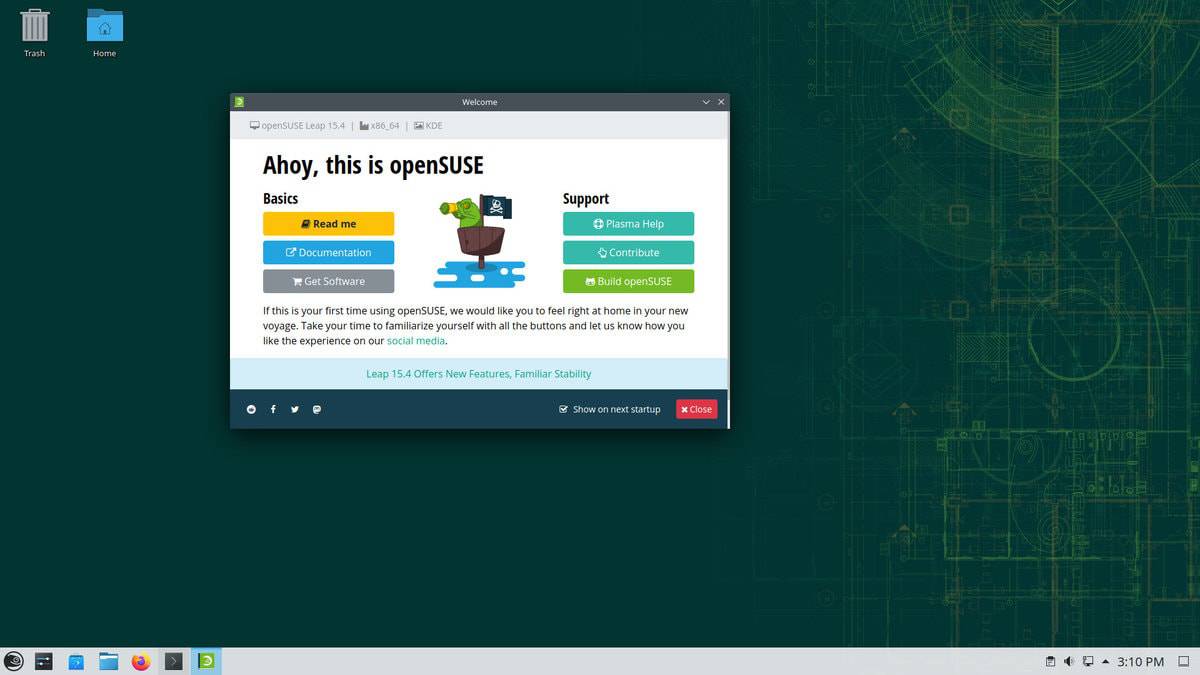
OpenSUSE is a community-sponsored and one of the best stable Linux distros made by SUSE Linux and other companies, such as Novell. It uses the same code base from SUSE Linux Enterprise (SLE). After merging and collaborating, it stops releasing the regular version rather than focusing on a stable and long life cycle. So, basically, OpenSUSE code takes all the good features from SUSE Linux Enterprise and vice versa.
Main Features
- OpenSUSE has three main goals: to make OpenSUSE the easiest and most widely used Linux Distro, to make OpenSUSE the most usable desktop environment for newbie and experienced users based on openly sourced collaboration, and to make OpenSUSE simple, easy, and the best choice for development and packaging processes for Linux developers and software vendors.
- Comes with a lot of variations, including Cinnamon, GNOME, IceWM, KDE, LXDE, Openbox, WMaker, and Xfce.
- It does not focus on regular release but rather on rolling for a long-term cycle and cutting-edge stable features.
Minimum System Requirement
- Pentium 4 1.6 GHz or higher processor (Pentium 4 2.4 GHz or higher or any AMD64 or Intel64 processor recommended).
- Main memory: 1 GB physical RAM (2 GB recommended).
- Hard disk: 3 GB available disk space for a minimal install, 5 GB available for a graphical desktop (more recommended).
- Sound and graphics cards: It supports most modern sound and graphics cards, and it has an 800 x 600 display resolution (1024 x 768 or higher is recommended).
- Booting from a DVD drive or USB stick for installation.
Official Homepage Screenshot Download
4. Fedora
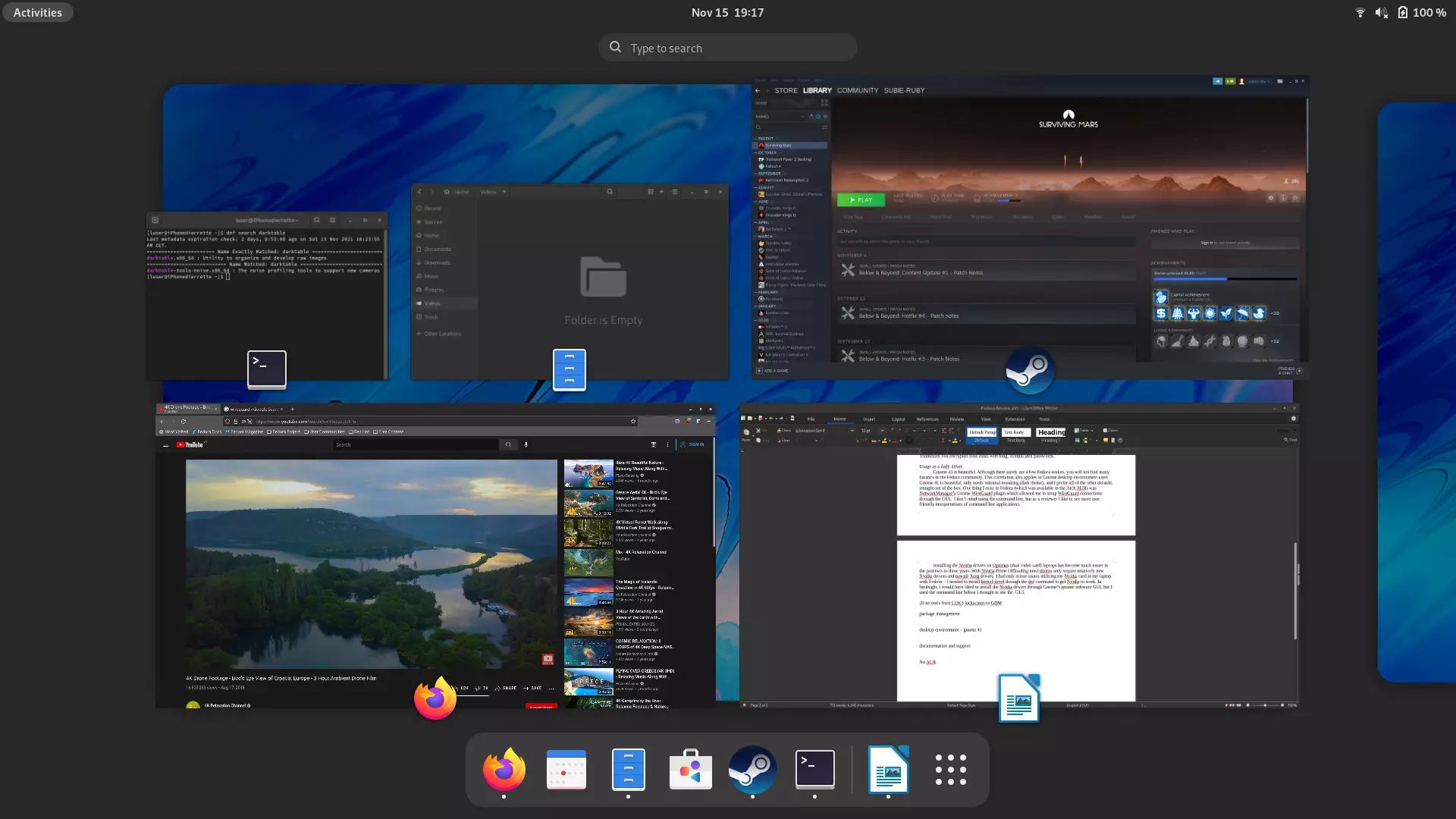
Fedora is also a community-powered Linux OS backed by Red Hat Inc. and famous for providing cutting-edge features. The software repository is well-updated and documented. If you face any problems while using it, don’t worry; a large number of community members will help you in the forum.
It comes with an open-source component, thus making the open source lover happy as it comes from the house of Red Hat. You can run it without any issues when developing your applications and programs. Even Fedora is liked by the Linux kernel creator Linus Torvalds.
Main Features
- Installation and Setup are very easy and painless.
- Software sources and dependencies are always updated.
- Supported by a well-known organization, Red Hat Inc.
- Offers cutting-edge features.
- It’s pretty stable and flexible.
- Fedora comes with DevAssistant, which helps developers set up the development environment and publish code with simple commands.
Minimum System Requirement
- CD or DVD drive, and the capability to boot from this drive
- 1 GHz processor or faster
- At least 1 GB of memory (RAM)
- At least 10 GB of permanent storage (hard drive) space.
Official Homepage Screenshot Download
3. Linux Mint
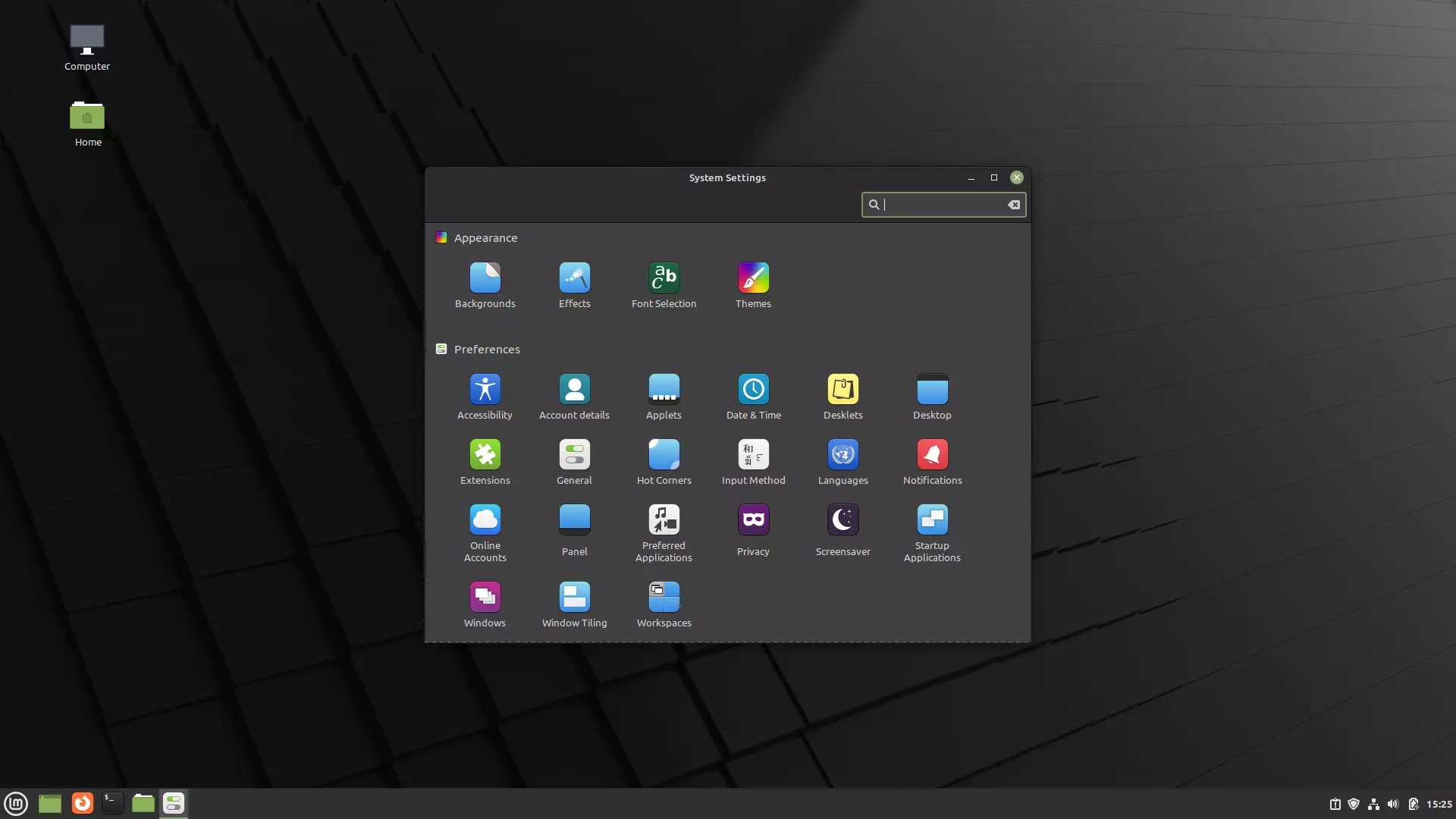
Linux Mint is the most popular and user-friendly Ubuntu-based Linux distro available out there. Linux Mint is a similarly perfect fit for both newcomers and advanced users. The main motto of Linux Mint is “From freedom came elegance,” which provides a stable, powerful, easy-to-use, and complete out-of-the-box experience.
Main Features
- As Linux Mint is a Ubuntu-based Linux distro, it will be fully compatible with Ubuntu software repositories.
- It comes with a fully loaded system, including browser plugins, media codecs, support for DVD playback, Java, and other components.
- Linux Mint comes with a set of different flavors, as per user need, including Cinnamon, MATE, and Xfce.
- Its installation process is super easy for any newbies to go ahead.
- If you like Mac OS, then you must definitely go for the Linux Mint Cinnamon desktop environment, which is super stable and looks elegant.
Minimum System Requirement
- 512MB RAM (1GB recommended for comfortable usage).
- 9GB of disk space (20GB recommended).
- Graphics card capable of 800×600 resolution (1024×768 recommended).
- DVD drive or USB port.
Official Homepage Screenshot Download
2. Ubuntu Linux
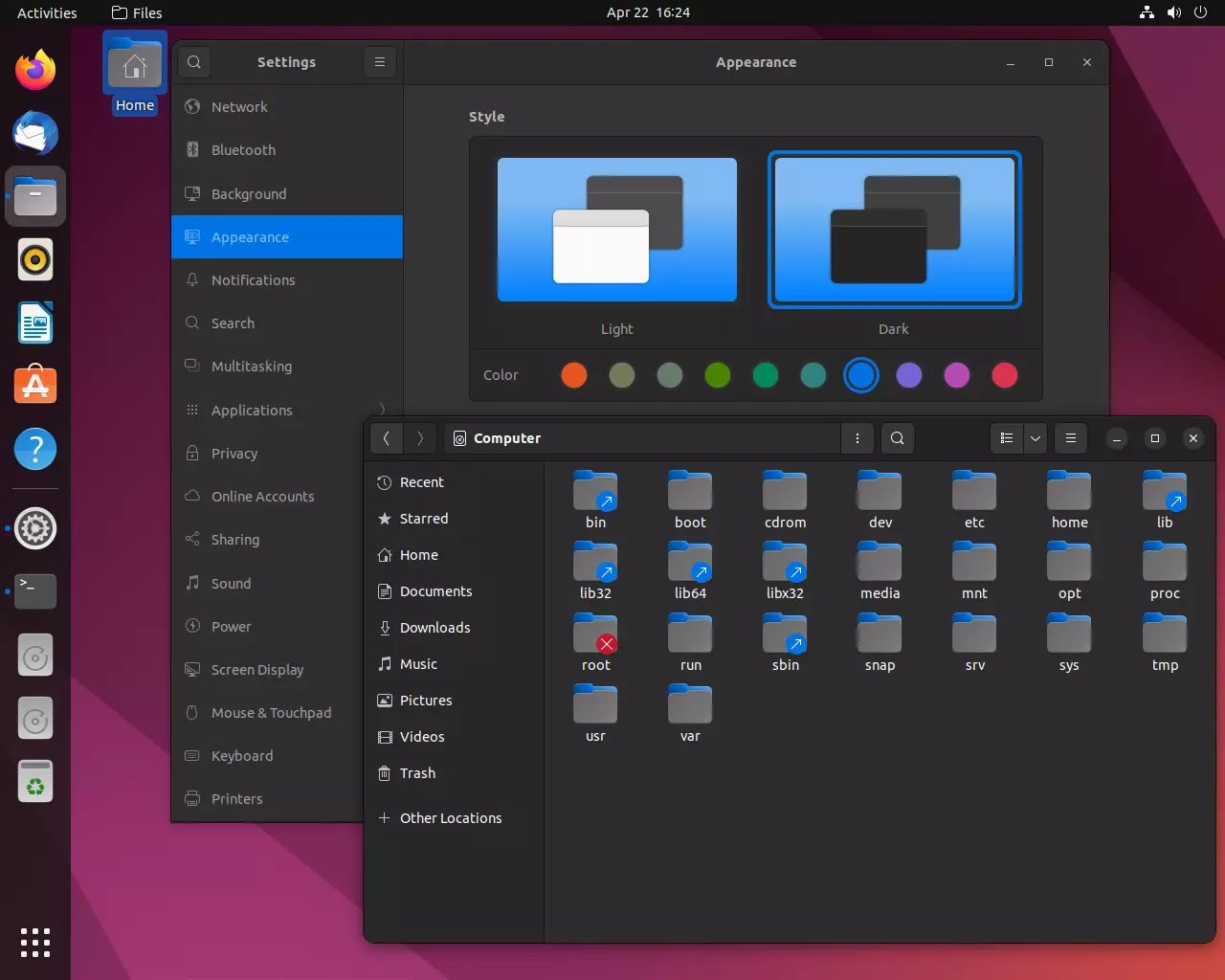
In our list, Ubuntu is positioned at #2. This is one of the most popular and stable Debian-based Linux Distros for newcomers. It has its own software repositories, which are regularly synced with a Debian repository. That ensured to get stable and latest release.
Main Features
- This Linux Distro is a rock-solid, stable, and secure OS.
- Ubuntu comes with various desktop environments like Gnome, Unity, KDE, XFCE, MATE, etc.
- Though Ubuntu is based on Debian, it’s also the foundation for Linux Mint, Elementary OS, Kubuntu, Lubuntu, Deepin, and much more.
- Users can try all the core features before installing the full Ubuntu desktop using the installation image.
- Best and Most user-friendly for new users on Linux who do not know Gnome from bash.
- Many of the essential apps come pre-installed, and the user can install all the necessary software from the official apps repository.
- It’s one of the best customizable Linux distros for the advanced users.
- Each after six months, it offers new releases, and every two years, it releases a Long Term Support (LTS).
Minimum System Requirement
- 700 MHz processor
- 512 MiB RAM
- 5 GB of hard drive space
- VGA capable of 1024×768 screen resolution
- Either a CD/DVD drive or a USB port for the installer media
- Internet access is helpful
Official Homepage Screenshot Download
1. Arch Linux
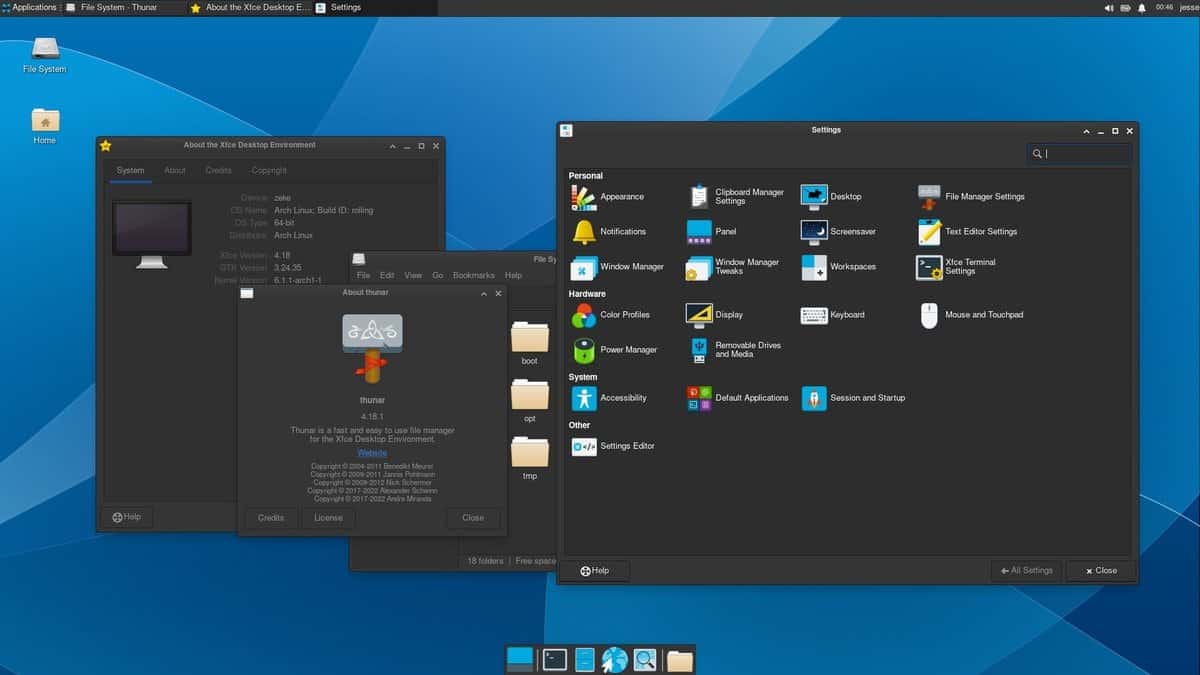
Arch Linux is not a typical OS like other distros but comes with a Linux kernel and package manager, Pacman. It’s also come without a graphical interface. Basically, Arch Linux comes with a bare-bone base where users can pick the required components and create a system without any bloated programs. That’s why it’s called a highly personalized Operating System.
Main Features
- Install and setup process is difficult.
- The official repository supports bleeding-edge and up-to-date software packages.
- Well-documented and easily repairable for any bug fixes.
- It needs zero maintenance and self-controlled software updates.
- Pacman controls dependency issues and orphaned packages efficiently.
Official Homepage Screenshot Download
Honorable Mention
Some Honorable Mentions of the Most Stable Linux Distros are given below:
- Debian
- Manjaro
- Zorin OS
Here, I have described 5 of the most stable Linux distros for users who really want to switch platforms. I can assure you that you won’t regret it. Did you like this list? In the comment section, let us know which one you used as your daily driver. Thank you for your precious time.
















